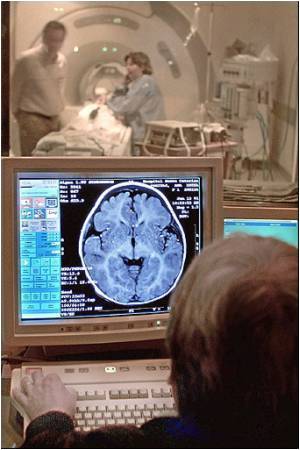
They found that by interrupting this connection, the addict was better able to control his or her cravings.
"Cabin attendants who smoke say they feel stronger cravings for cigarettes as they approach landing times, no matter whether their flights are long-distance or not," Takuya Hayashi told AFP from Kobe in western Japan.
"Our study shows the urge for smoking is not only about if smokers are running out of nicotine," said Hayashi, of Japan's RIKEN Center for Molecular Imaging Science, noting a neural mechanism was also playing a role.
MRI images showed two regions in the frontal cortex, the part of the brain that controls decision-making, interact and increase the urge to smoke, according to the study, carried out jointly with Alain Dagher of the Montreal Neurological Institute at Canada's McGill University.
Imaging of the brains of ten smokers who watched video footage of people puffing away showed increased activity in the orbitofrontal cortex (OFC), a region of the brain just behind the eyes.
Advertisement
Higher activity in the DLPFC boosted activity in the OFC, thereby increasing the desire to smoke, the study found.
Advertisement
"The findings could lead to the development of treatments for tobacco and other addictions" because they have pinpointed the exact parts of the frontal cortex that are involved, Hayashi said.
The research is published in the US-based PNAS journal.
Source-AFP














